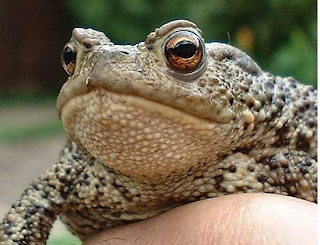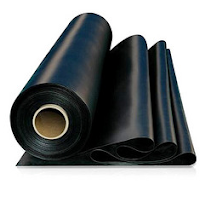| The Epic Face does frickin rule, but birds rule more! LOL |
Right. Poems:
(AGAIN (c) me!!!!!!!)
Yew
Thy
great Yew who stands in the churchyard old,
Ruthless
and up against damp and cold,
Lichen,
and moss, and fungus, and mould,
| this cat is worshipping the Epic Face. |
But
soon this wood will come down to be sold.
Thy
great Yew who’s had the best of the Wood,
Say
goodbye to the churchyard where you once stood,
And
the berries that killed us if we ate them as food,
Crash
down to protect us and, lo, so good.
As
the longbow archers fire more to the sky,
Up
and up and up more than high,
Down
to the enemy with a whistling cry,
The
Brits are victorious! Never to die,
And
all to the Yew, dead and let lie.
Holly
On a well walked-by hedgerow
On a winter’s day,
There’s a redness more akin to a rose in May.
The Holly berries cluster
In a bright array
To await the Robin Redbreast
And be plucked away.
By the well-trodden dirt-path
On a winter’s morn,
When all the other trees are looking bare and worn,
The Holly is as green
As a garden lawn.
The dim light twinkles
On every leaf-tip thorn.
Scots Pine
And my mother and my father
And my life and my home and my place to be.
And the strength and the glory
And the country of Scots Pines and my place to be.
We Pines stand alone,
In a forest or in spinney
And keep our great Scotland like it’s meant to be.
English Oak
I stand tall for England
Stately for my homeland
Proud to be native, I stand tall.
Shade for my people,
Acorns for my squirrels,
Acorns for my Jays and my mice and my deer.
I stand tall for England ,
The beautiful England ,
Stately for England ,
I stand tall.
Field Maple
Whoomp! Whoomp!
My seed-wing beats round.
My seed-wing beats round
Gently to the ground.
Whoomp! Whoomp!
Far from any tree.
Far from any tree
Is my place to be.
Whoomp! Whoomp!
I sail through the air.
I sail through the air
I need to get there.
Yes! Yes!
I’ve touched to the floor.
I’ve touched to the floor.
What could I want more?
Yes! Yes!
This land is fertile.
This land is fertile.
My flight was worthwhile.
Grow! Grow!
I put down my roots.
I put down my roots.
To feed my growing shoots.
Up! Up!
I put up my shoots.
I put up my shoots.
Fed by my roots.
Years! Years!
Years go by.
Years go by.
Reaching for the sky.
Whoomp! Whoomp!
My seeds’ wings beat round.
My seeds’ wings beat round.
To faraway ground.
Pussy Willow
It’s just not the
thing with the Willow
To think what the
Pussy is up to now.
But what will come
next for the Willow
Is what we should
think about anyhow.
It be springtime next, the woodland a-spangled,
Glittering leaves thrust forth to the air.
Grow, strong Willow
Splendour like Pussy, a wonder so rare.
It be summer next, with pollen a-blowing,
Smoke on the wind of a beautiful fire.
Fly, oh fly, on the air be going,
On ‘til you find it, never to tire.
It be autumn next, the green is a-fading,
Walk on home, in embers a-wading,
A wonderful sight in the last sun-rays.
It be winter next, the woods are a-silent,
Skeleton-Willow, branches bone-bare.
The winds are icy, the storms are violent,
But in Willow
So think of the future
for Willow
The coming of the next
season of the year.
Pussy, my Pussy, the Willow
Make it a good one to
feel so near.
Make it a pleasure
with nothing to fear.
Totally epic ain't it? There is another Other Birds one that was written too late for the post. READ IT!!!
A Blackbird Courts His Lady in Spring
Lest more are others welcome
In the garden in the Spring
Than the Blackbird cock so merry,
To his audience brightly sing.
Blackbird hens and Starlings,
The cat upon the wall,
Heed to hear the darling,
The sweet refrain of his call.
His golden beak a-shining
As a hen-bird perches near,
On last year’s apples dining,
Faces with her ear.
Then finally she meets him,
They court upon their perch,
And in the mating greets him
To start the nesting-search.
A Blackthorn-tree is found so
They build together there.
Here and there pluck a sloe
To feed the working pair.
A week and it is fully
Done to suit an egg
And safe to keep the bully,
The Magpie, there to beg.
Busy are the bird-pair
Finding insect food.
Too busy are to more care
Of anything not good.
Out come the fledglings,
Take off one by one.
Little Blackbird hedgelings,
What good your elders have done!
Byeee! Keep birding and making your pond and wildlife garden! Now the damned Mayan Apocalypse is over....... nah, don't talk about it. It is all BALLS. Goodbye.

































